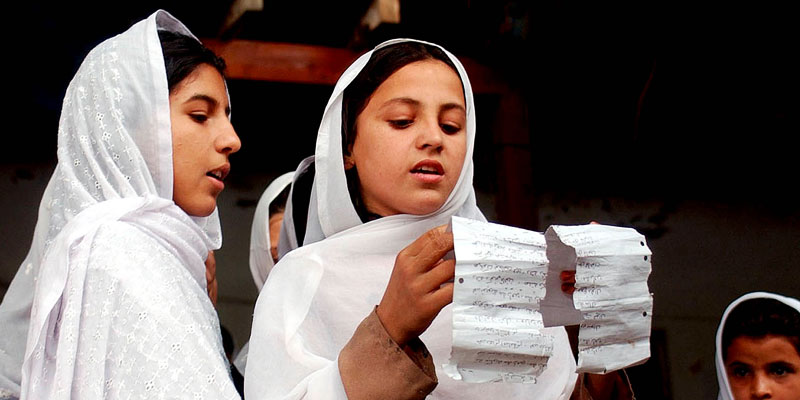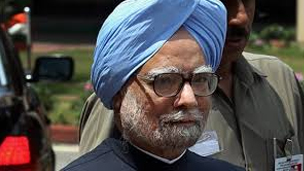Muslim education in India, How has the Muslim education in India evolved since times immemorial
Not long back did a Madarsa in Nalanda district of Bihar, stop the enrolment of girl candidates citing religious reasons.
Though the education of girls had been continued in the Madarsa since a long time, the order which included banning of girls said that co-education of boys and girls is against the basic rules of Islam.
The Muslim education system was essentially religious in character since ancient times, more often patronized by the Muslim rulers who held orthodox views concerned with maintaining the Muslim faith in the lands they invaded. The educational institutions they founded turned out to serve as a base for Muslim orthodoxy.
And thereafter the sole aim of Muslim education became the preservation of Muslim culture, as it taught that spreading Islam was the most sacred duty of every person who belonged to the religion.
In history, when the Tughlaq dynasty invaded India, much patronization of education was observed. They established Madarsas, considered to be seats of higher learning, in their capitals. Firoz Shah Tughlaq built a number of Madarsas to encourage literacy. He also got a number of Hindu religious works translated from Sanskrit to Persian.
Once the Mughal rule came into existence, colleges were set up at Agra, Fatehpur Sikri, Gujarat and in other provinces that were established on equal-education-to-all initiative. Curricula was reconstructed and reformed. Equal importance was given to Sanskrit and Persian languages and the mode of teaching. However, it was only during Emperor Akbar’s rule when equal opportunities of education were offered to all sections of the society.
Elementary education to children was given not only in Madarsas, but also at Dargahs and Khanqahs. The very atmosphere of these elementary schools was religious and religion education formed the base of Muslim education.
Madarsahs came into picture when students were encouraged to make self studies in libraries established for eager students who wanted to know more about their religion. However, with time evolved the culture of learning. New subjects were introduced to students and those interested were free to attend a class that taught literature, grammar, logic, theology, metaphysics, law, and medicine. The medium of studies being Persian, and Arabic being taught as a sacred language of the scriptures.
While a lot of development was seen in Muslim education, the only drawback it saw was female education. There existed a few Madarsa that could be accessed only by women, yet not all the subjects were offered at such Madarsas.
Today, when the world rewards a young girl for the fight against girl education and women empowerment, we still do not see much rise in female literacy, when it comes to equal education to all.





